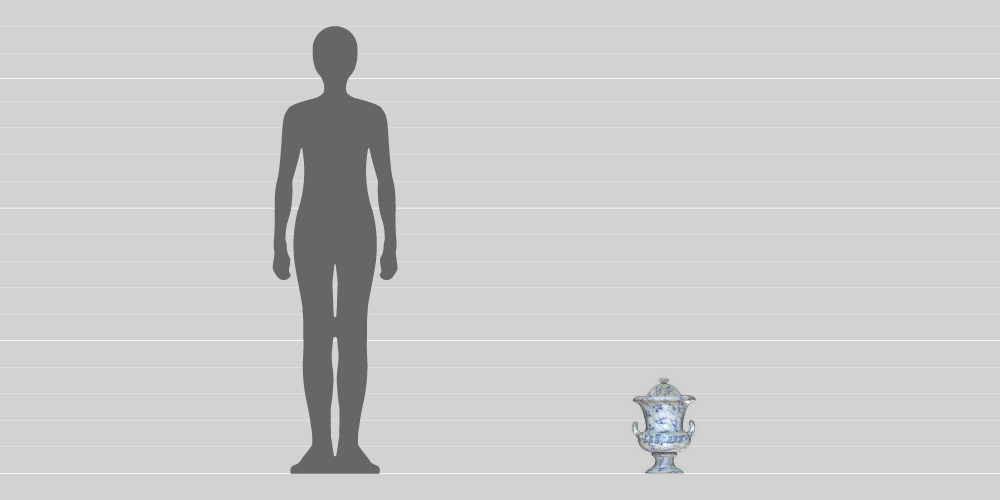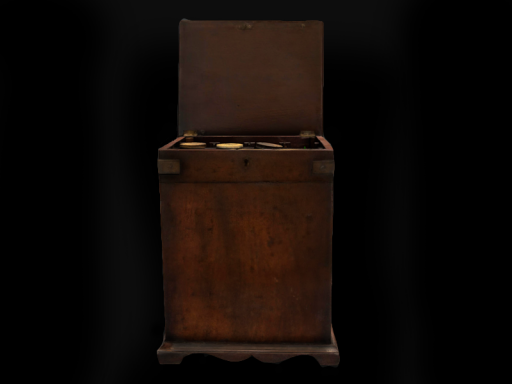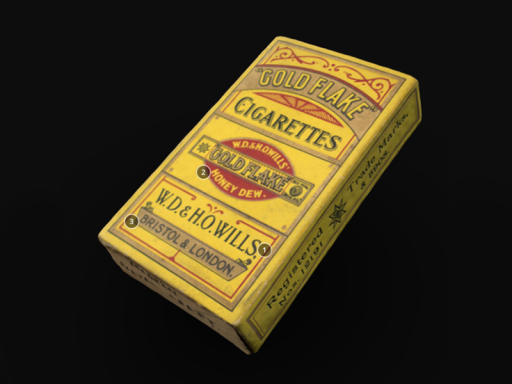
Curriculum links
About this object
This jar was made and used between 1830 and 1870. It was used to store leeches – a kind of worm that survives by sucking blood from other animals. Leeches were used in a medical procedure called blood-letting: as many as 50 leeches were applied to the patient’s body, falling off when they were filled with blood. Blood-letting is an ancient procedure, but it was more popular than ever in the 1800s. It was recommended as treatment or prevention for nearly every disease. Most people would visit a barber-surgeon and be cut with a scalpel to drain blood. More well-off people could benefit from leech therapy.
Blood-letting today
If you have varicose veins or need a skin graft you might be offered leech therapy on the NHS. Leeches normally feed on a patient’s blood for between 30 and 60 minutes before dropping off. These bloodsucking creatures help to restore blood flow and break up blood clots thanks to the anticoagulants and other proteins in their saliva.
Learn more about this object on the Science Museum Group Collection website.
Learn more about surgeons and surgical spaces on the Science Museum website.
Discussion questions
- Is it OK to use animals to make humans better?
- If you saw someone on your Instagram feed having leech therapy would you ‘like’ it? Why?
- What might a modern leech jar for the super-rich look like?



